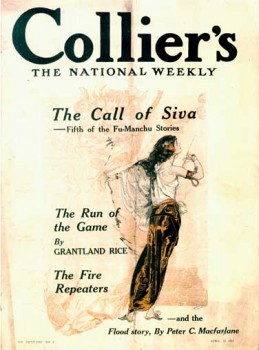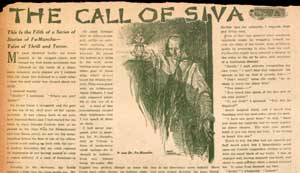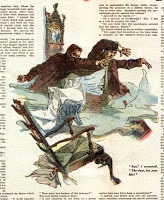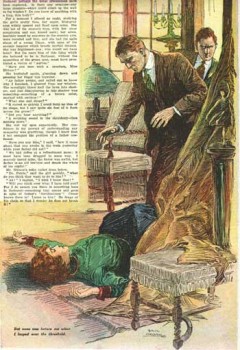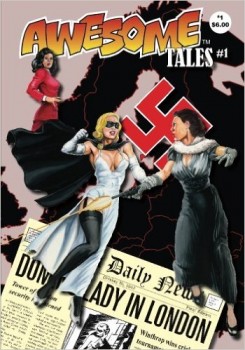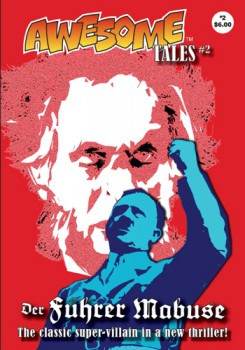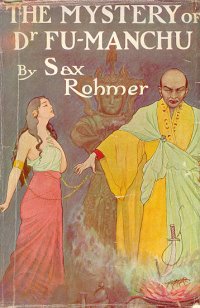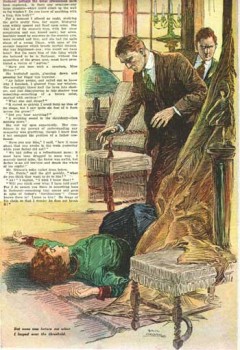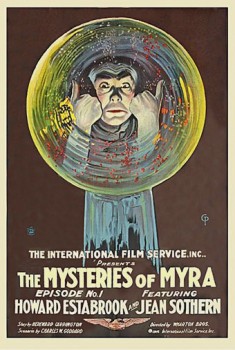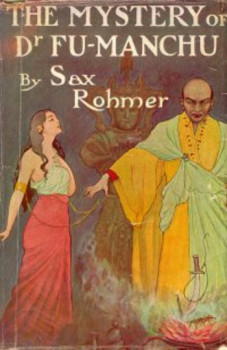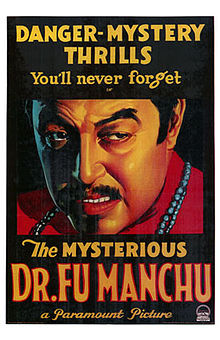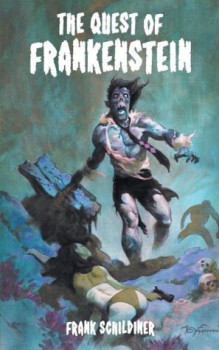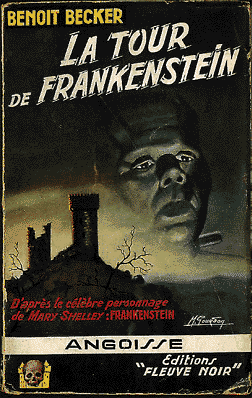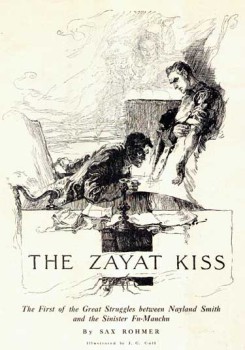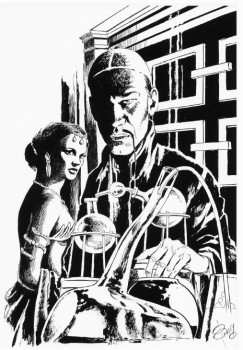The Granddaughter of Fu Manchu
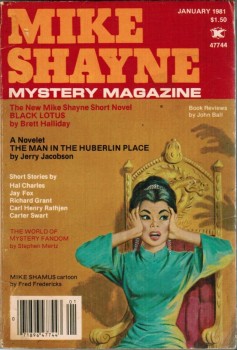 Mike Shayne, the redheaded tough guy private eye, was introduced in the decidedly more lighthearted detective novel, Dividend on Death penned by the pseudonymous Brett Halliday in 1939. The character was an instant success and Michael Shayne (as he was initially known) quickly became a cottage industry leading to another 77 (mostly hardboiled) detective novels through the mid-1970s, over 300 short stories through the mid-1980s, 11 B-movies in the 1940s, a radio drama series that lasted nearly a decade, an early 1960s television series that made it for a full season, a TV tie-in Dell comic book that lasted three issues, and his own magazine digest that ran for nearly 30 years. The character may seem like just another clichéd private eye today, but over the years a number of very talented authors hid behind the fedora and turned-up collar of “Brett Halliday” – Bill Pronzini, Dennis Lynds, James Reasoner, Frank Belknap Long, and the ubiquitous Michael Avallone among them.
Mike Shayne, the redheaded tough guy private eye, was introduced in the decidedly more lighthearted detective novel, Dividend on Death penned by the pseudonymous Brett Halliday in 1939. The character was an instant success and Michael Shayne (as he was initially known) quickly became a cottage industry leading to another 77 (mostly hardboiled) detective novels through the mid-1970s, over 300 short stories through the mid-1980s, 11 B-movies in the 1940s, a radio drama series that lasted nearly a decade, an early 1960s television series that made it for a full season, a TV tie-in Dell comic book that lasted three issues, and his own magazine digest that ran for nearly 30 years. The character may seem like just another clichéd private eye today, but over the years a number of very talented authors hid behind the fedora and turned-up collar of “Brett Halliday” – Bill Pronzini, Dennis Lynds, James Reasoner, Frank Belknap Long, and the ubiquitous Michael Avallone among them.
The reason we have turned our attention to this particular ginger with the mean disposition is a trilogy of stories that appeared in Mike Shayne Mystery Magazine in 1981 and 1982 featuring a character known as the Black Lotus. As the storyline developed “Brett Halliday,” in this instance James Reasoner, strongly suggested the Black Lotus was the granddaughter of Fu Manchu. Mr. Reasoner was cautious and did not name names, of course, but elements of the three stories read like a Sax Rohmer tribute – including the Black Lotus’ real identity, Leiko Smith sharing the surname of the protagonist of the Fu Manchu stories, Nayland Smith. The character’s first name (which is Japanese, rather than Chinese) was likely borrowed from Leiko Wu, the love interest from Marvel Comics’ contemporaneous Master of Kung Fu series (1973-1983) which licensed the Fu Manchu characters from Rohmer’s literary estate. I first learned of the Black Lotus storyline from Win Scott Eckert’s very useful Fu Manchu chronology. My friend, Don O’Malley was kind enough to send me scanned copies of the three issues in question in order that I finally have a chance to read them.
